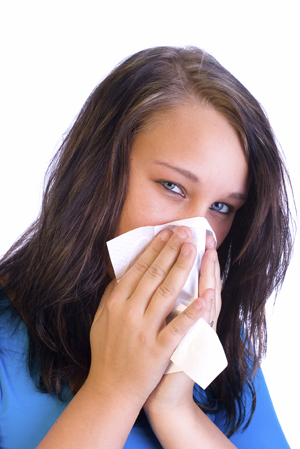
Read the product label — every time. A product’s ingredient list may have changed since the last time you bought it; manufacturers can change ingredients without warning.
About 12 million Americans have some degree of food allergy, with severe food allergies triggering as many as 30,000 emergency room visits annually, and 150 to 200 deaths. Food labels help people with allergies avoid ingredients that could make them ill.
An amendment to the Food Allergen Labeling and Consumer Protection Act of 2004 went into effect last year, requiring foods that intentionally contain highly allergenic ingredients, such as peanuts, shellfish or eggs, to disclose these contents in plain language. Accidental allergy warnings are different, though. They list information about foods whose ingredients are not supposed to contain particular allergens, but which may have been contaminated with them due to processing in the same factory or on the same machines as allergen-containing products.
A problem arises, however, when the “may contain” warnings create more confusion than assistance for people wanting information about actual health risks. The warnings are voluntary, so different companies use different, sometimes vaguely worded language. Also, the warnings are starting to creep up on products where you would not expect to see them.
Although a recent survey of the Food Allergy & Alaphylaxis Network found a decline in the number of people who said they would never buy a food containing an accidental-allergy warning, you can never be too careful. Some of the warnings might be more alarmist than factual, but when it comes to your family’s health, you probably don’t want to take any chances. According to NPR.org’s Vikki Valentine, the following tips may help:
Read the product label — every time. A product’s ingredient list may have changed since the last time you bought it; manufacturers can change ingredients without warning.
Know what “free” means. “Free” labels, such as “peanut free” and “gluten free,” are not regulated by the FDA, and labels that claim to be “dairy free” can be particularly misleading. The label of a product may say “dairy free,” but on the back, casein/milk may be listed in the ingredients. Foods advertised as “dairy free” that may actually contain milk include coffee whiteners, whipped toppings, imitation cheeses and some soft-serve ice creams.
Reprinted from AzNetNews, Volume 26, Number 4, August/September 2007.





September 16, 2012
Allergies, Alternative Therapies, Chemical and Toxic Exposure, Food, Nutrition and Diet, Gluten-free, Healing, Health